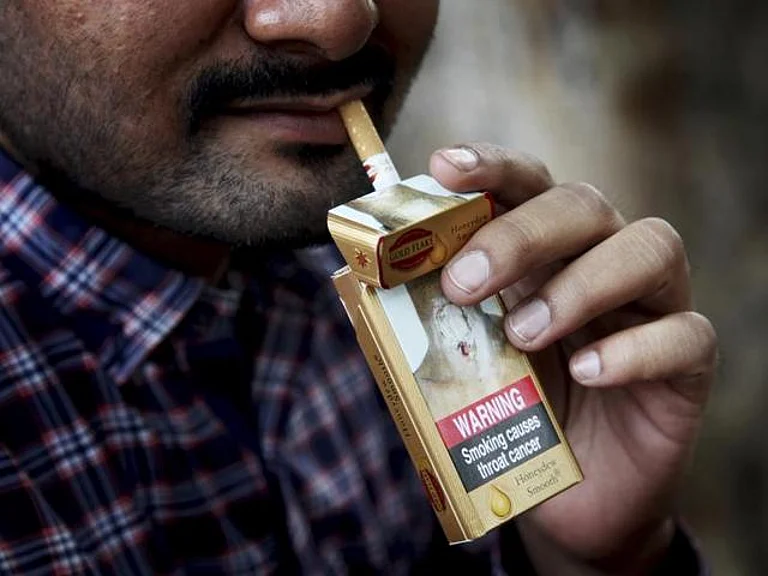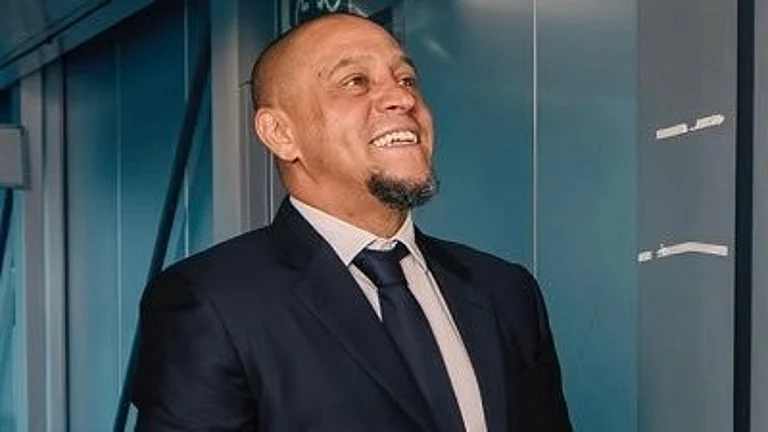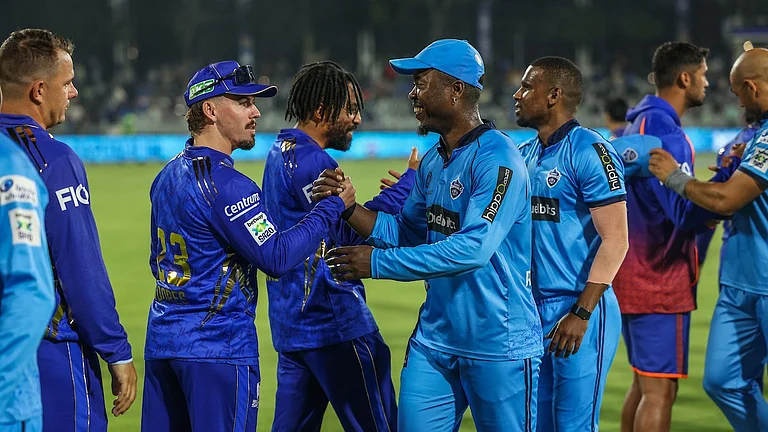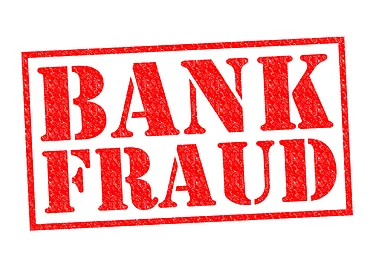It would be hard for a 90s kid to resist not singing along to the rhythm of a jingle that went viral long before the trend of virals started: Sarva Shiksha Abhiyan’s campaign track, School Chalein Hum, that aired on Doordarshan through the early 2000s. Beautifully composed by Shankar Ehsaan Loy, the jingle was also a cinematographic treat.
It showed children on an exhilarating quest to reach schools: traversing deserts on carts, climbing high mountains and dramatic river cross-overs, and sprinting through lush green fields. In doing so, the advertisement showcased India’s rich diversity and was a testament to the unifying force of education when it said “iske darwaaze se duniya ke raaz khulte hai, koi aage chalta hai hum peeche chalte hai; deewaro pe kismat apni likhi jaati hai, isse humko jeene ki vajah milti hai.”
Even today, kids wake up to radio stations humming to the tunes of “utho chalo tum school jao.” What stands out in all these sing-song sing-along nudges is the significance that our governments and we, as a nation, attach to the importance of education.
Sarva Shiksha Abhiyaan: An Effort to Universalise Education
The determination to ensure education for all started with the Sarva Shiksha Abhiyan in 2001, India’s first country-wide initiative to universalise primary education. Conceptualised by the Atal Bihari Vajpayee government, it focused on the provision of necessary infrastructure in schools, including drinking water booths, separate washrooms for girls and boys, human resource development through teacher education and training, and quality improvement in learning outcomes by emphasising more on education for girls and children with special needs.
For this ambitious vision, the SSA set a deadline to have all children complete eight years of schooling before 2010. This was all the more noteworthy since it came at a time when India's literacy rate stood at 64.8 per cent, with wide gender disparities, as per the 2001 census. This resolve was later strengthened by granting it legal backing through the passage of the Right to Education Act in 2009, which made education free and compulsory for children between 6-14 years under Article 21A of the Constitution.
Midday Meal Scheme: A Qualitative Step Forward
But over the years, despite the government chanting songs and passing laws, attendance in schools remained poor. This realisation led to an innovative mechanism under the Midday Meal scheme as the largest school feeding programme of its kind in the world for all students enrolled in government schools from Classes 1 to 8. Initially launched on a pilot basis in 1995, the scheme was expanded in 2007 in the hope to give an impetus to the intended motive of ‘school chalein hum.’
This too, received statutory backing after the passage of the National Food Security Act (NFSA) in 2013, making access to hot cooked meals in government schools not just an attractive incentive, but also a right guaranteed to every child.
Samagra Shiksha Abhiyaan: ‘Quality Education For All’
Years later, the National Democratic Alliance government in 2018 presented a revamped version of the Sarva Shiksha Abhiyan in the Samagra Shiksha Abhiyan, expanding the scope of the ‘education for all’ movement to ‘quality education for all.’ The SSA 2.0 was now guided by the Sustainable Development Goals 4.1 and 4.2 that dealt with ensuring equitable access to all boys and girls to free and quality primary and secondary education, and to address gender disparities in education at all levels, respectively.
It furthered the goals set by SSA and brought under its ambit: continuity in education to tackle high dropout rates, enhanced use of digital technologies to improve learning outcomes, teacher training and skill development, and a greater focus on vocational training along with the integration of physical education. It also extended the deadline for universalising enrolment until 2020.
National Education Policy: A Revamped Effort?
The most recent, in the line with primary education initiatives, is the National Education Policy of 2020, which is all set to be implemented from the next academic session. One of the key focus areas of this policy is pushing back the entry age for schooling to reorient attention to early childhood care and education through foundational learning for children between the ages of three and eight. The policy rests on the premise that these first five years are a crucial stage for intervention to ensure improved learning outcomes.
Certainly, successive governments have made primary education the cornerstone of their policy formulation. But where do we stand today in safeguarding the children’s right to education and how fairly have our policies performed? Outlook reached out to educators from different corners of the country to gather their experiences, gauge the ground realities and assess the progress made on these goals.
100% in Attendance Registers, but How Many in Class?
The NEP’s stated objective is to attain a 100 per cent gross enrolment ratio (GER) from pre-school to secondary level in school education by 2030. In this regard, data from the 2020 United Information System for Education Plus (UDISE+) report suggests that the country has presently achieved a GER of 97.8 per cent at primary and 89.7 per cent in upper primary levels, with proportionately encouraging figures for girls’ enrolment.
However, despite a nearly 100 per cent enrollment, the real issue that we battle today is poor attendance, low levels of continuity in education, and high dropout rates. Ms. P (name concealed on request), an educator at a Kendriya Vidyalaya in Tamil Nadu, who has also been associated with the NGO Bodh Shiksha Samiti in Rajasthan, told Outlook that “During my time in Jaipur, I saw that there were high dropout rates, often not because of educational burden, but due to financial crisis or familial pressures, especially among girls, who also have to take care of household work. In such cases, our teams used to regularly counsel parents, and even undertake door-to-door campaigns to convince families to send girls to school. We are tackling a mindset here too.”
Did Midday Meal Help Retain Students?
To some extent, a careful intervention to boost attendance in the form of midday meals has proven effective. A study by the Chhattisgarh State Council of Educational Research and Training in 2014 revealed that while the scheme has not directly raised enrolments, it has been able to positively impact education outcomes by increasing retention and reducing the gender gap. The study surveyed parents and teachers in the state and revealed that the pupils’ attendance recorded a significant upsurge with cooked meals being one of the major reasons for this trend.
Ms. N, an educator associated with a Kendriya Vidyalaya in Andhra Pradesh, speaking to Outlook on condition of anonymity, opined that “It is true that the mid-day meal attracts students to school, and both parents and kids feel ki chalo bhai khana toh kha lenge ek baar ache se, but it is still the quality of teaching and schooling that can actually make the students focus on studies, otherwise they just elope after the first half.”
This drives home the fact that the midday meal offer cannot and must not be construed as a one-stop solution to the more deep-seated concerns leading to poor attendance in schools.
Beyond Education For All, Addressing Learning Poverty
Even so, bringing children to schools is, however, one facet of the long journey toward quality education. For instance, the Annual Status of Education Report (ASER) 2021 highlights that 65.4 per cent of the surveyed teachers flagged the problem of children being “unable to catch up” as one of their biggest challenges. The report pointed to the inadequacy of basic numeracy, linguistic, and comprehension skills amongst young children in primary grades, which markedly alters learning outcomes in higher grades.
Moreover, learning poverty is inversely proportional to the socio-economic condition of the child. Reports from UDISE+ and the National Achievement Survey show that students from Scheduled Castes, Scheduled Tribes, and Other Backward Classes saw the highest drops in average scores between 2018 and 2021, which brings to spotlight the disproportionate impact that the community is often at the receiving end of. This worrying trend, coupled with mandatory promotion policies against the backdrop of the Covid-19 pandemic, paints a troubling picture for students, who are often pushed into higher classes with meek preparedness.
Besides an inability to attend classes and limited access to digital devices during the pandemic, a poor pupil-teacher ratio in schools causes this laggard. For instance, both Ms. P and Ms. N said that on average, they teach between 40-50 students in one class in primary grade, which is way above UNICEF's recommended ratio of 1:20. The kind of disparity that learning backlogs generate for such students gets further exacerbated by the upscaling trend of private coachings, which is again accessible only to the selected upper caste, upper-class students.
Private Guidance: Bigger Slice of Pie Accessible to the Select Few
When asked about the exponential rise in preference for private guidance, Devyani Sharma, educator at Engrezi.com, told Outlook that “as private mentors, we are able to give intensive training to each and every student. Our student-teacher ratio is 1:6, which makes it possible to focus not only on developing their (students’) basic numeracy and linguistic skills, but also their social and emotional development.”
Sharma adds that “schools are bound by multiple factors, they have to finish curriculum, teachers have so many students to attend to, that beyond a point, it becomes about rote learning. This creates so much pressure that the child just clamps up, and these situations result in high dropouts. This is why today, private coachings are doing so well, where even parents from poor backgrounds don’t mind paying up for this, because it’s so important.”
Sharma has been working with children aged 2-12 years over the last 10 years, and has dealt with children with special needs. On being asked how schools can address and improve learning backlogs amongst youngsters, she says that “it is certainly not as easy a job.” Sharing her own experience of working with two four-year-old children, the private educator said, “most of these children are able to significantly improve through counseling and occupational therapy, which needs to start at an early stage, but parents are sometimes reluctant and unaware.”
How can these myriad sets of challenges be tackled?
“To address deficiencies in linguistics and numeracy, we deploy the ‘Montessori technique,’ which rests on five special modules covering practical life exercises, sensorial stimulation, language training, numeracy practices, and cultural training. While some people call this technique ‘rigid,’ I believe it nurtures the holistic development of the child and prepares him/her for coping well in school,” Sharma responded.
Likewise, P from Kendriya Vidyalaya, when asked about these learning gaps, said that “just the way all five fingers in our hands are never equal, so is the case with children. They all learn at their own pace, it really depends on how much pain the teacher can take to plan lessons to accommodate their needs. In my class, we divide students into Levels 1, 2, and 3 based on their abilities and give them exercises accordingly to help each child adapt.”
Ground realities have thus divulged the kind of challenges that the education sector must rise up to and tackle head-on. Nelson Mandela once wrote, “Education is the most powerful weapon that you can use to change the world.” In this respect, it is unnegotiable now more than ever to ensure that all children are not only armored with this weapon, but also that it is equally sharp, effective, and combative for all. Today as we wish them a Happy Children’s Day, India needs to walk that extra mile beyond the melodies of School Chalein Hum, and start mulling over School Mein Kya, Kitna, Kaise, Aur Kab Seekhe Hum Sab. It is only when we as citizens imbibe this far-sighted vision will we ensure that iske darwazo se duniya ke hum raaz khole, aur isse humko jeene ki vajah mile.


























